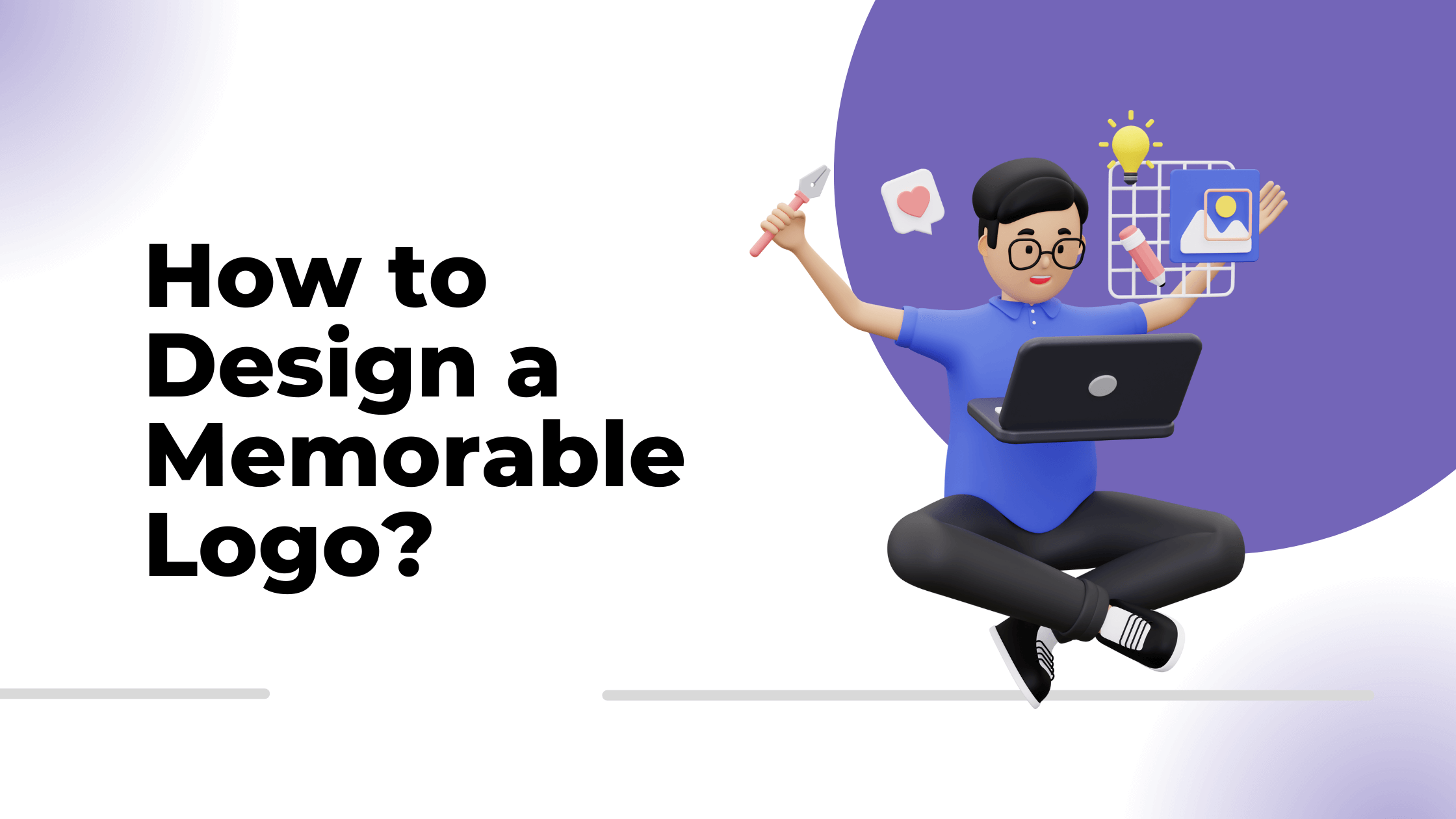Designing a logo that leaves an indelible mark on the minds of consumers requires a blend of artistic creativity, strategic thinking, and a deep understanding of a brand’s essence. In this comprehensive guide, we will explore the art and science behind logo design, drawing inspiration from both well-established and emerging brands, and incorporating research-backed insights and tips from top logo designers.
The Art and Psychology of Logo Design
A logo is not merely a symbol; it’s a bridge between a brand’s identity and its audience’s perception. The psychology of logo design delves into the emotions and messages that visual elements can evoke. Colors, shapes, and typography all play a pivotal role:
- Colors: Research suggests that colors trigger specific emotions. For instance, red symbolizes energy and passion, while blue conveys trust and professionalism. Choosing the right color palette is crucial to align the logo with the brand’s personality. Check out How to Choose the Right Colors for Your Brand Identity
- Shapes: Shapes hold symbolic significance. Circles represent unity and community, while angular shapes evoke strength and stability. The choice of shapes in a logo can profoundly influence how customers interpret a brand’s values.
- Typography: Fonts carry meaning too. Playful script fonts might suit creative brands, while clean sans-serif fonts align with technology companies. Typography should mirror the brand’s voice and message.
A Step-by-Step Roadmap to Logo Design
Creating an iconic logo is a journey guided by a systematic process:
1. Grasp the Brand’s Essence
Immerse yourself in the brand’s mission, target audience, values, and distinct attributes. Interviews with stakeholders and market research lay the foundation for the design.
2. Define the Message
Distill the brand’s essence into a concise message. What emotions should the logo evoke? Is it innovation, reliability, or adventure? This message will guide your design choices.
3. Ideation and Sketching
Let creativity flow by brainstorming and sketching ideas. The focus here is on exploration rather than perfection—generate a variety of concepts.
4. Concept Selection
Narrow down the sketches to a few strong concepts. Consult with stakeholders and test these ideas against the target audience. The chosen concept should resonate deeply.
5. Digital Rendering
Transform selected concepts into digital renditions using design software. Play with colors, shapes, and typography. Experiment with variations to find the right balance.
6. Prioritize Simplicity and Versatility
A memorable logo is simple yet adaptable. It should remain recognizable when scaled down or rendered in monochrome. Avoid intricate details that might lose clarity.
7. Gather Feedback
Present the digital logo designs to stakeholders and potential customers. Collaborate to refine the designs based on their feedback. This iterative process refines the logo’s effectiveness.
8. Test Across Platforms
Test the logo across various media—digital screens, print materials, merchandise. Ensure it remains impactful and legible in diverse contexts.
9. Finalization and Delivery
After incorporating feedback and thorough testing, finalize the logo design. Prepare different file formats for various use cases. Deliver the logo package to the client.
Insights from the Experts
Seasoned logo designers offer valuable insights:
- Simplicity Triumphs: Renowned designer Paula Scher emphasizes that the best logos are the simplest ones. Instant recognizability without explanation is key.
- Context is Crucial: Michael Bierut advises understanding logo usage contexts. Ensure the logo works well across platforms and adapts to diverse scenarios.
- Design as Storytelling: Aaron Draplin advocates logo design as storytelling. A logo should encapsulate a brand’s history and values within a single visual.
- Eternal Over Trends: Lindon Leader’s counsel is to prioritize timelessness over trends. A logo that remains relevant through years ensures the brand’s longevity.
Learning from Real-Life Examples
Several brands illustrate these principles in action:

1. Etsy:
Etsy’s logo features a lowercase “e” in a scripted font, which gives a handcrafted and personalized feel. The design reflects the brand’s focus on unique and handmade products.
Lesson Learned: Typography that captures a brand’s personality and values can create an authentic and relatable logo.

2. Dropbox:
Dropbox’s logo features a simple blue box, representing the storage solutions the brand offers. The design’s simplicity and color choice convey trust and professionalism.
Lesson Learned: A straightforward logo that directly correlates with a brand’s services can enhance recognition.

3. Zillow:
Zillow’s logo uses a playful font and incorporates a simple rooftop symbol above the brand name. The rooftop symbolizes homes and real estate, which is the brand’s focus.
Lesson Learned: Using visual metaphors can succinctly communicate a brand’s core offerings.

4. Yelp:
Yelp’s logo combines bold typography with a speech bubble symbol, representing communication and reviews. The logo’s design aligns with the brand’s platform for customer feedback.
Lesson Learned: Incorporating symbols that align with a brand’s primary function can create a memorable logo.

5. Mailchimp:
Mailchimp’s logo features a friendly and playful depiction of a chimpanzee, combining the words “mail” and “chimp.” The logo embodies the brand’s tone and sense of approachability.
Lesson Learned: Mascots or characters can add a unique and relatable element to a logo.

6. Canva:
Canva’s logo is a simple, distinctive “C” in a rounded, modern font. The logo conveys simplicity and creativity, reflecting the brand’s design platform.
Lesson Learned: Typography that echoes a brand’s offerings can instantly communicate its field of expertise.
Crafting Memorable Logos: The Final Brushstroke
Designing a logo that lingers in memory necessitates a strategic approach. By delving into the brand’s identity, understanding the psychology of design elements, and incorporating the wisdom of top logo designers, a memorable logo can emerge—a visual storyteller that captures a brand’s essence and resonates with its audience for years to come.
